Next-generation technologies, such as leading-edge memory storage solutions and brain-inspired neuromorphic computing systems, could touch nearly every aspect of our lives — from the gadgets we use daily to the solutions for major global challenges.
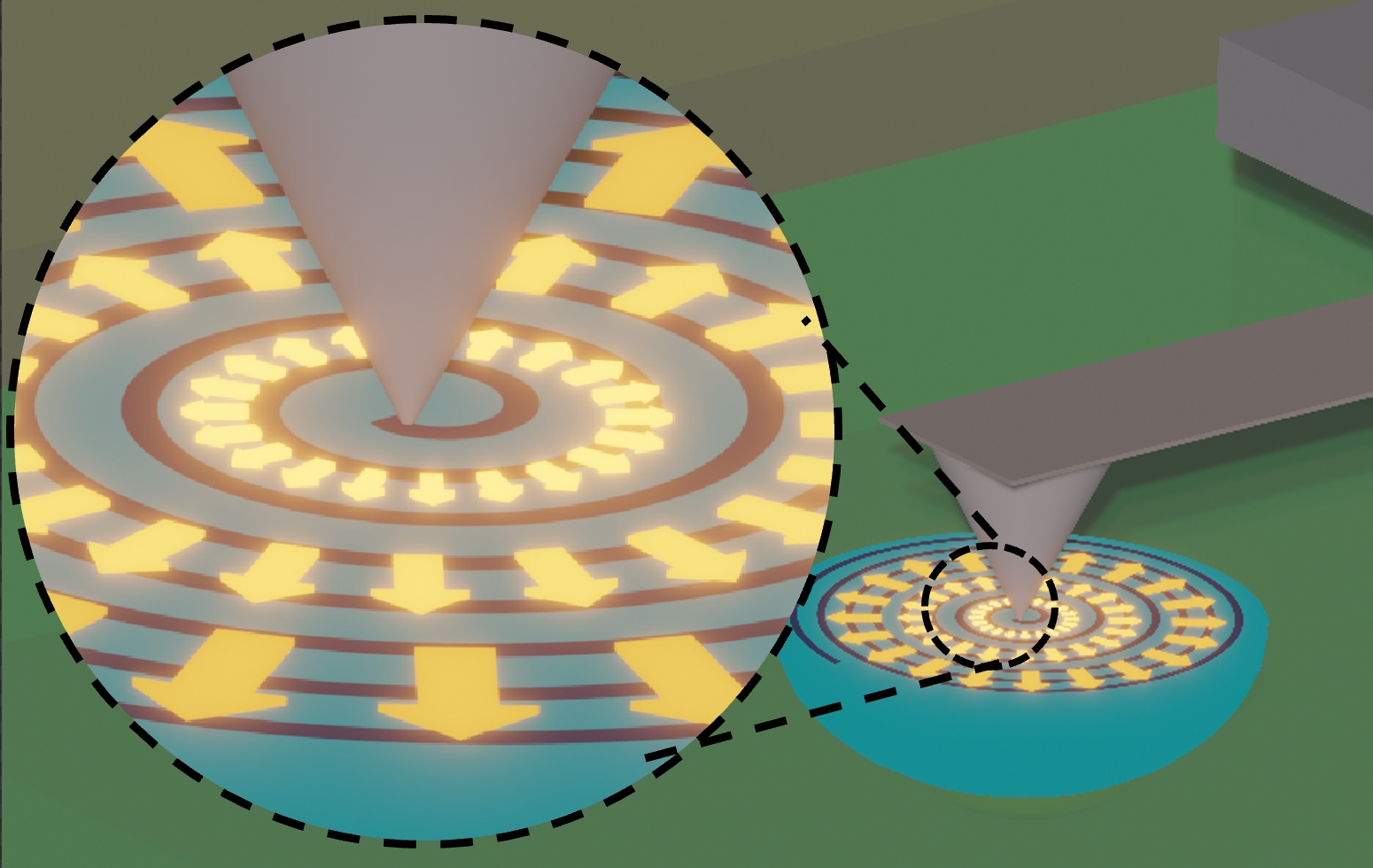
news, journals and articles from all over the world.

Next-generation technologies, such as leading-edge memory storage solutions and brain-inspired neuromorphic computing systems, could touch nearly every aspect of our lives — from the gadgets we use daily to the solutions for major global challenges.
Scientists have developed a new way to create miniature optical components that shape light into non-diffracting beams, paving the way for smaller, more versatile optical systems. By directly writing tiny patterns with a femtosecond laser, they can tailor these components to specific tasks, like trapping particles or manipulating light for advanced imaging.

Ubiquitous wireless technologies like Wi-Fi, Bluetooth, and 5G rely on radio frequency (RF) signals to send and receive data. A new prototype of an energy harvesting module – developed by a team led by scientists from the National University of Singapore (NUS) – can now convert ambient or ‘waste’ RF signals into direct current (DC) voltage.
The device, developed by researchers at the University of Illinois Urbana-Champaign, is silicon-based and takes advantage of techniques developed for microelectronics manufacturing.
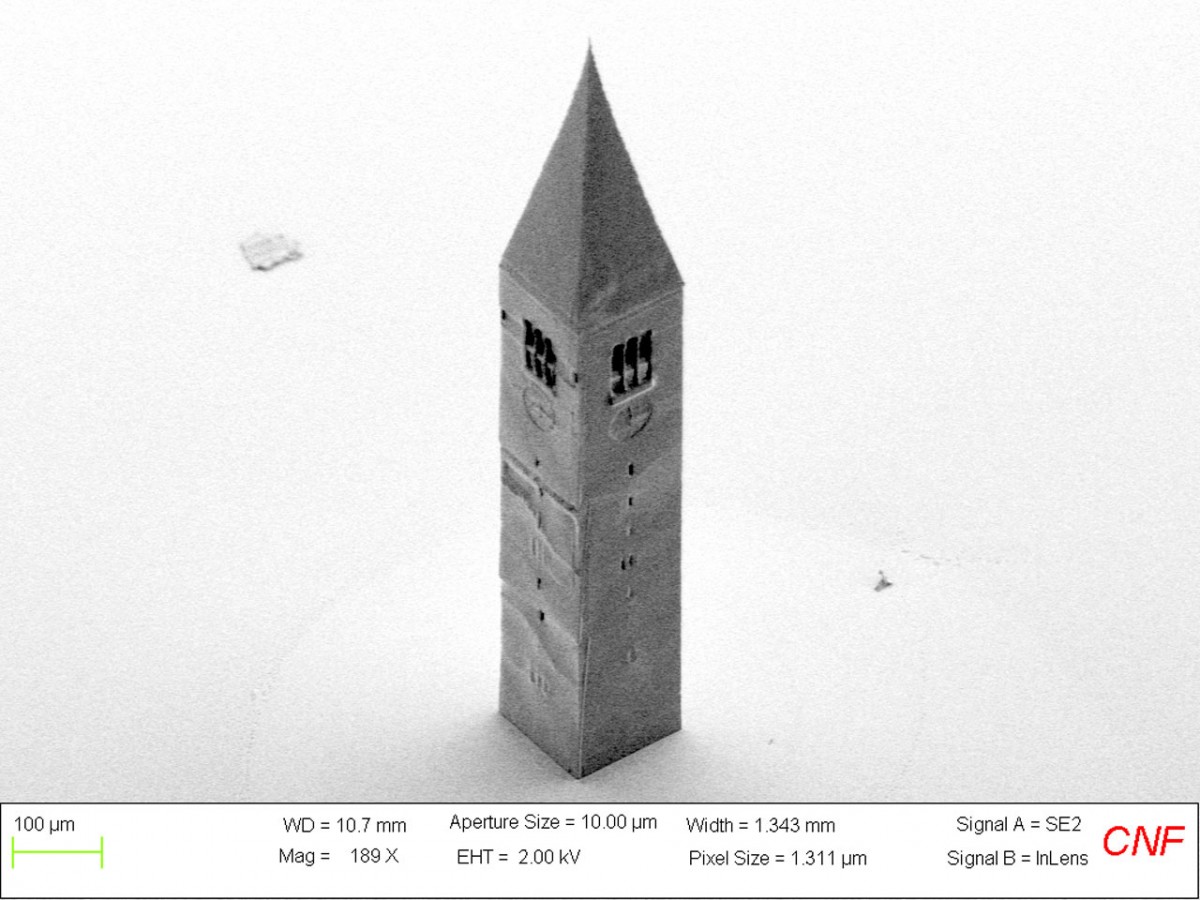
Using cutting-edge technology in the Cornell University NanoScale Science and Technology Facility (CNF), a team led by photolithographer Ed Camacho has created what is thought to be the world’s smallest rendition of Cornell’s iconic McGraw Tower – complete with its 161 interior steps, two sets of stairs and 21 bells.

Ryan Hayward studies the performance of certain organic polymers and molecules that conduct electricity by precisely packing them into well-formed crystalline structures. Discoveries are leading to simpler, less expensive, and cleaner processes, as in electronic devices.
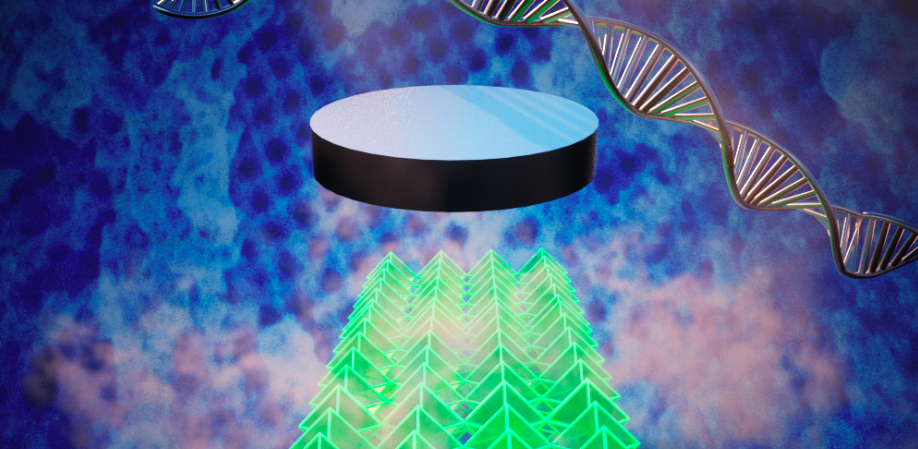
Scientists developed a platform for making 3-D superconducting nano-architectures with a prescribed organization.
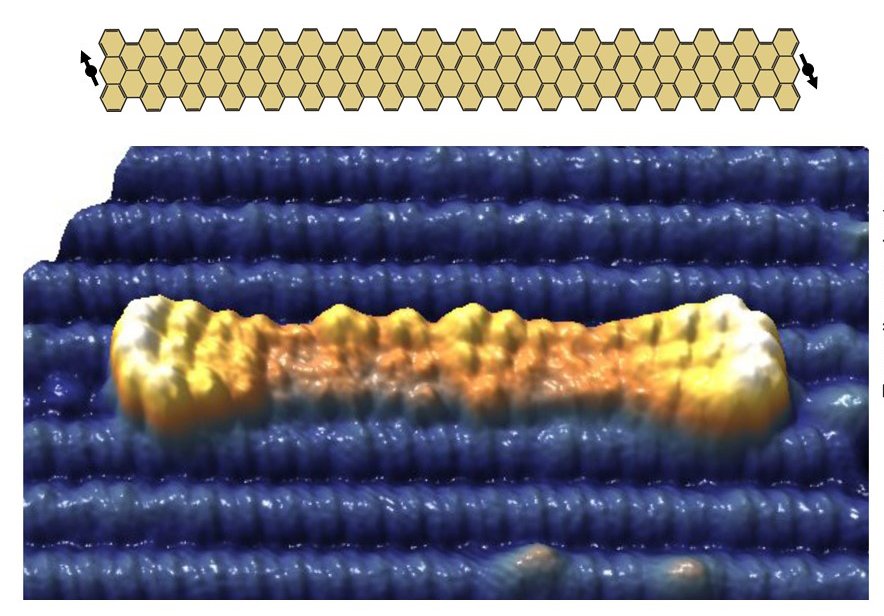
An international multi-institution team of scientists has synthesized graphene nanoribbons – ultrathin strips of carbon atoms – on a titanium dioxide surface using an atomically precise method that removes a barrier for custom-designed carbon nanostructures required for quantum information sciences.

In celebration of National Nanotechnology Day, Molecular Foundry Director Kristin Persson explains atomic-scale engineering at four different levels – for a kindergartner, a middle schooler, a high school senior, and a graduate student

A team of scientists led by Berkeley Lab has gained important new insight into electrons’ role in the harvesting of light in artificial photosynthesis systems.
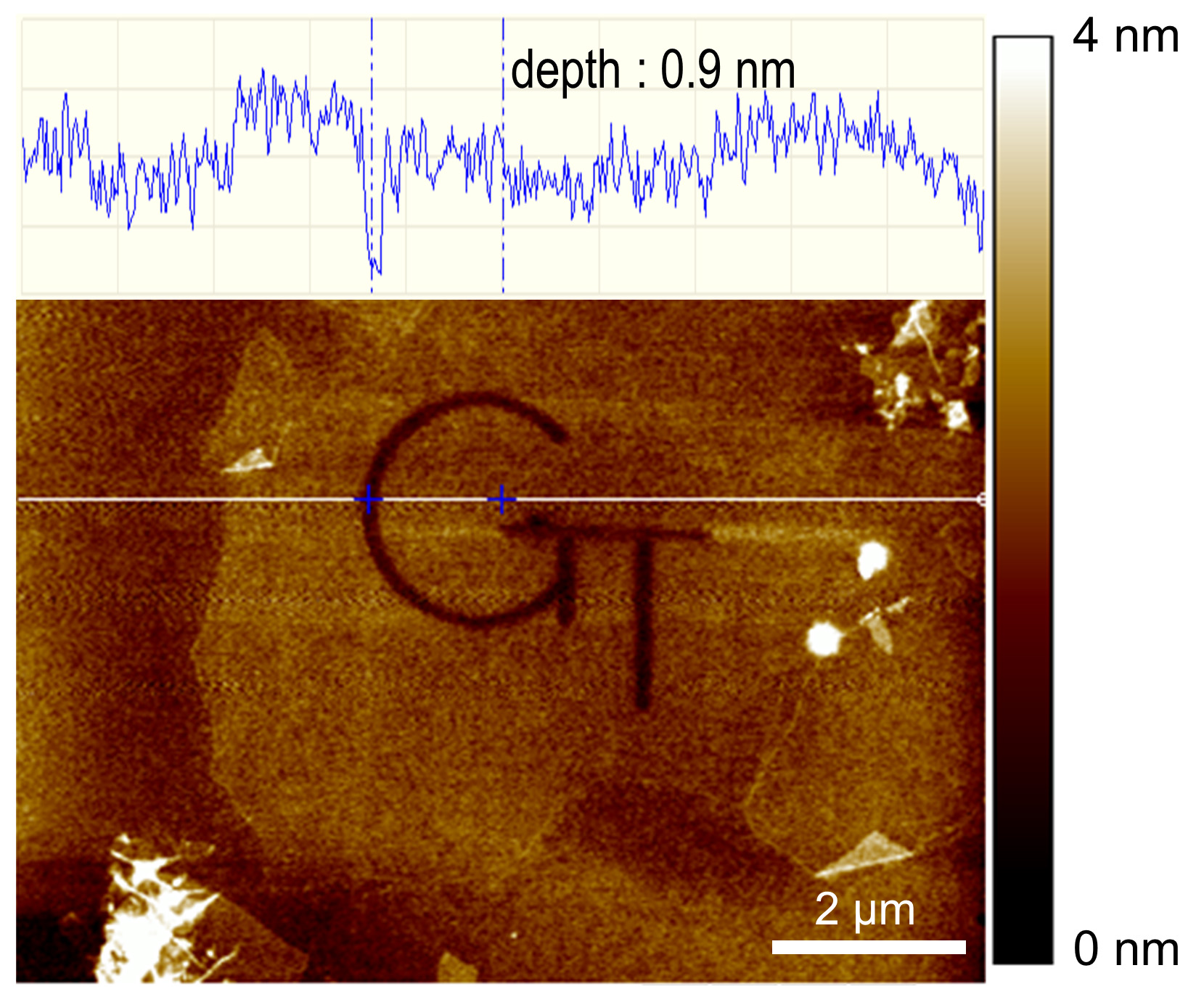
By varying the energy and dose of tightly-focused electron beams, researchers have demonstrated the ability to both etch away and deposit high-resolution nanoscale patterns on two-dimensional layers of graphene oxide. The 3D additive/subtractive “sculpting” can be done without changing the chemistry of the electron beam deposition chamber, providing the foundation for building a new generation of nanoscale structures.

Researchers demonstrated new ways to use electron microscopy to study liquids at high resolution. They used this technique to examine how nuclei in liquids and molecules vibrate at multiple length scales. This work can lead to new ways for scientists to describe liquids, the interfaces between fluids, and materials labeled with isotopes.
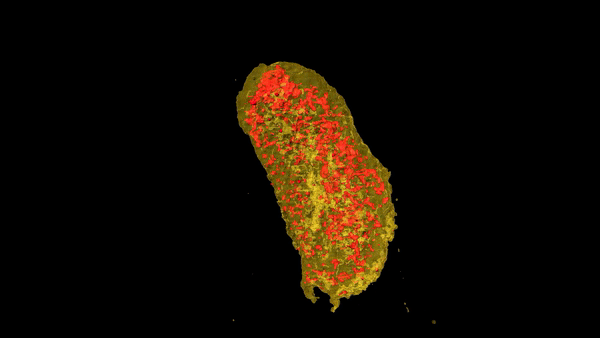
A team of scientists including researchers at the National Synchrotron Light Source II have demonstrated a new technique for imaging proteins in 3-D with nanoscale resolution. Their work, published in the Journal of the American Chemical Society, enables researchers to identify the precise location of proteins within individual cells, reaching the resolution of the cell membrane and the smallest subcellular organelles.
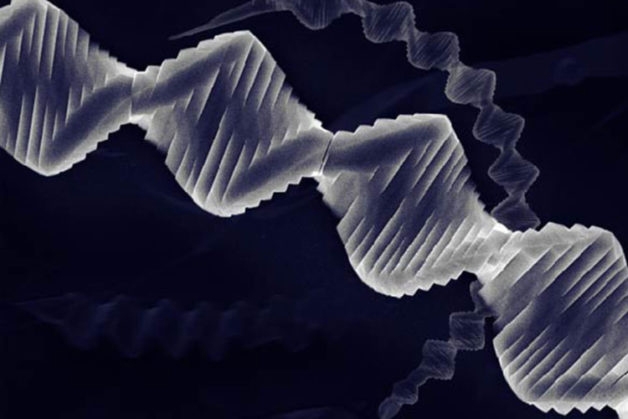
Scientists have created new inorganic crystals made of stacks of atomically thin sheets.